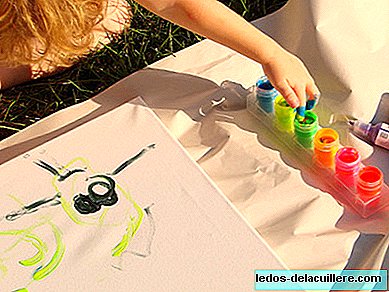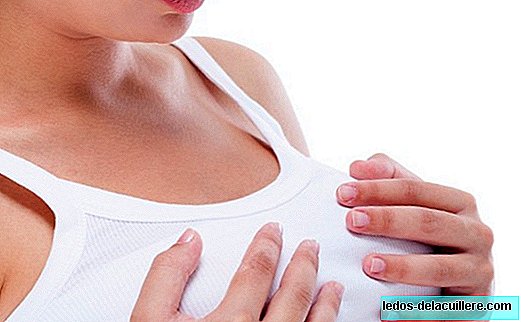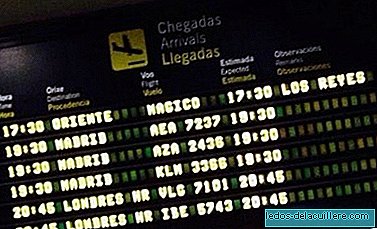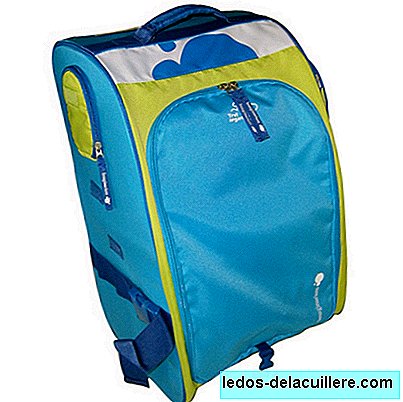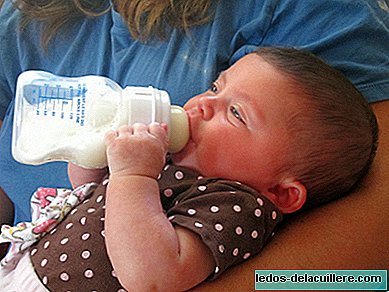
The maximum level of melanin in liquid artificial milks for infants is one of the standards recently established by the UN. It is known that melamine can be lethal in high concentrations and has been used illegally to increase the apparent protein content in food products, such as artificial milk for infants and milk powder.
It was the commission of the Codex Alimentarius that set the maximum limit at 0.15 milligrams / kilogram of melamine in liquid milk for infants. The new limit will help governments protect consumers by determining if the levels of melamine detected are the result of unavoidable contamination that does not cause health problems or deliberate adulteration.
In addition to melanin levels, it is intended to act on aflatoxins of dried figs, pre-cut melon exposed without protection in retail stores, and seafood products that may be contaminated by viruses
Dried figs and aflatoxins
This variety of mycotoxins produced by molds are toxic and are known to be carcinogenic. They are found in high levels in various products, such as nuts, spices and cereals, if not stored properly. The Commission agreed a maximum safety limit of 10 micrograms / kg for dried figs, in addition to the instructions for taking samples.
Bacteria free melons
The exposed pulp of the fruit can become a breeding ground for bacteria. This has been linked to outbreaks of Salmonella and Listeria that can be fatal.
The Commission recommended pack or wrap and refrigerate pre-cut melons as soon as possible and distribute them at temperatures equal to or less than 4 ⁰C. It also advises cooling and cold storage as soon as possible after harvest, while the blades of the knives used to cut or peel the slices should be disinfected on a regular basis.
Mollusc Virus

Food hygiene in seafood products, especially in mollusks, has become very important for food safety. A set of hygienic preventive measures with the aim of controlling foodborne viruses.
Viruses are usually more resistant than bacteria and those that are transmitted by fecal-oral route can remain for months in bivalve molluscs, soil, water and sediments. They can survive freezing, cooling, UV radiation and disinfection, but they are sensitive to heat.
It is important to ensure the quality of seawater in growing areas, according to the Commission. When there is a possibility or there is evidence of viral contamination, it is recommended to close the area, destroy contaminated molluscs and / or heat-treat molluscs already harvested before consumption.
The Codex It also recommends that manufacturers of food products around the world label the nutritional content of their products in order to offer consumers better information.. The recommendation is consistent with the WHO Diet, Physical Activity and Health Strategy, and is an important step in promoting healthy eating worldwide.
The Codex Alimentarius Commission, created 49 years ago, meets from July 2 to 7, with the presence of 600 delegates representing 184 countries, in addition to the European Union. This commission is jointly managed by FAO and WHO.
Images | bradleyolin, naotakem Source | WHO On Peques and More | Food labeling after the approval of the European Regulation



